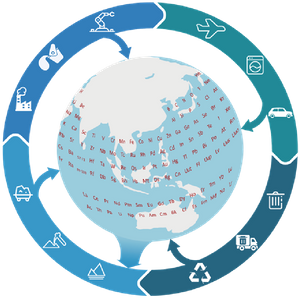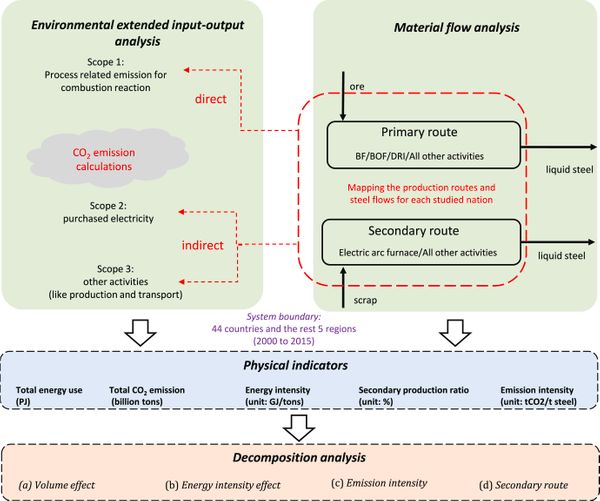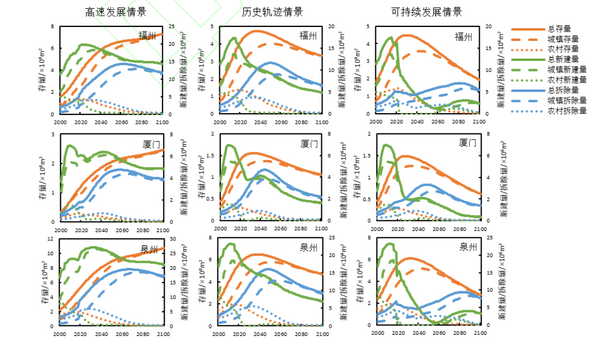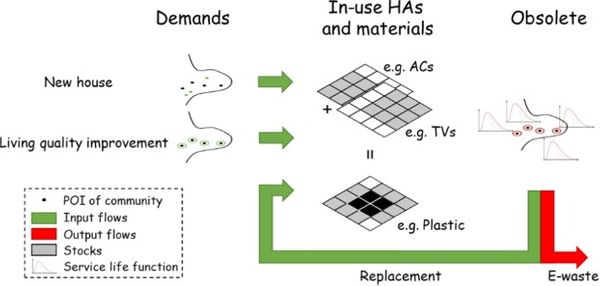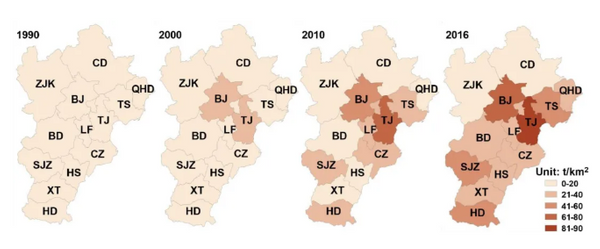by Schrijvers, D.; Hool, A.*; Blengini, G.-A.; Chen, W.-Q.; Dewulf, J.; Eggert, R.; Ellen, L.-V.; Gauss, R.; Goddin, J.; Habib, K.; Hagel ken, C.;Hirohata, A.; Hofmann-Amtenbrink, M.; Kosmol, J.;Gleuher, M.-L.; Grohol, M.; Ku, A.; Lee, M.-H.; Liu, G.; Nansai, K.; Nuss, P.; Peck, D.; Reller, A.; Sonnemann, G.; Tercero, L.; Thorenz, A.; and Wäger, P.-A.
Resources, Conservation and Recycling, 2020, 155: 104617.
https://doi.org/10.1016/j.resconrec.2019.104617
Highlights
Differences in goal and scope of criticality studies result in different outcomes.
Cause-and-effect mechanisms of indicators and outcomes are poorly understood.
The availability of high-quality data limits the evaluation of criticality.
Criticality methods should be more transparent to support interpretation.
Abstract
The assessment of the criticality of raw materials allows the identification of the likelihood of a supply disruption of a material and the vulnerability of a system (e.g. a national economy, technology, or company) to this disruption. Inconclusive outcomes of various studies suggest that criticality assessments would benefit from the identification of best practices. To prepare the field for such guidance, this paper aims to clarify the mechanisms that affect methodological choices which influence the results of a study. This is achieved via literature review and round table discussions among international experts. The paper demonstrates that criticality studies are divergent in the system under study, the anticipated risk, the purpose of the study, and material selection. These differences in goal and scope naturally result in different choices regarding indicator selection, the required level of aggregation as well as the subsequent choice of aggregation method, and the need for a threshold value. However, this link is often weak, which suggests a lack of understanding of cause-and-effect mechanisms of indicators and outcomes. Data availability is a key factor that limits the evaluation of criticality. Furthermore, data quality, including both data uncertainty and data representativeness, is rarely addressed in the interpretation and communication of results. Clear guidance in the formulation of goals and scopes of criticality studies, the selection of adequate indicators and aggregation methods, and the interpretation of the outcomes, are important initial steps in improving the quality of criticality assessments.
Keywords
Critical raw materialsMaterial criticalityCritical resourcesStrategic raw materialsCriticality assessment
